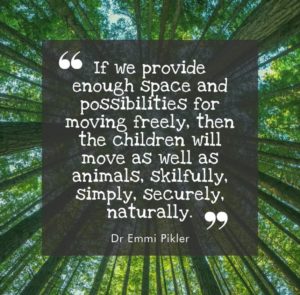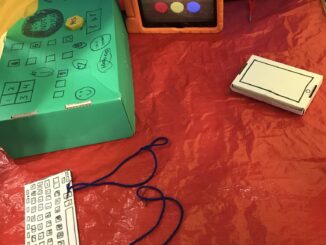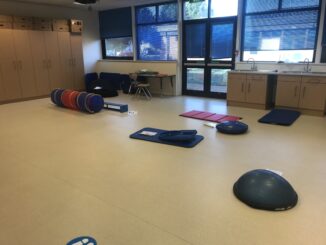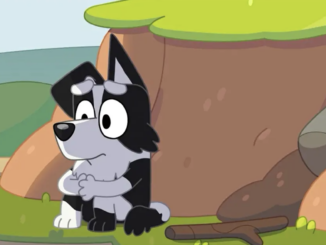Kids need room to play, unimpeded and unhelped, on materials that are at their level and above their level and below their level of ability to climb and interact with.
They interact with things at their level and below their level to explore mastery. Their body learns what it has already learned, and reinforces and reincorporates new things it has learned since then.
🌳For example — a toddler who’s just learned to walk, approaching a stair at a playground or a low stump or rock in the woods, may put their hands down on it and struggle to climb up it. A year or two years later, they may run up to that same obstacle and jump up onto it, or step up with no hands needed, or skip it while running up to the next step!
They interact with things above their level to explore challenge and stretch themselves. Their body learns its limitations and how to sense what those limitations feel like, and gets a sense for what it has yet to learn.
🌉For example — a child approaches an unsteady/unstable bridge on a playground. They take one step onto it, and are surprised when the bridge wobbles out from under their foot. They stand thoughtfully for a moment, then turn around and step back. Their body has recognized that it doesn’t know how to account for such instability yet, and their vestibular and visual and tactile systems all begin working “in the background” to invent a new system to account for unstable surfaces like those in the world.
Often, parents intervene when they shouldn’t. They see a child playing with something “too easy” and try to steer them towards something more their level. Or they see a child playing with something “too hard” and they swoop in to try to hold the child’s body steady for them.
Guard your kids, spot your kids — from a distance. Keep your hand back by a few inches or a foot. You can still catch them if they fall, but let them fall. Let their body learn what it feels like to fall and learn from its normal, inherent feedback system that it wants to try to avoid that happening again. And as they get older, be as hands-off as you can. Let them take risks.
Let them play.




